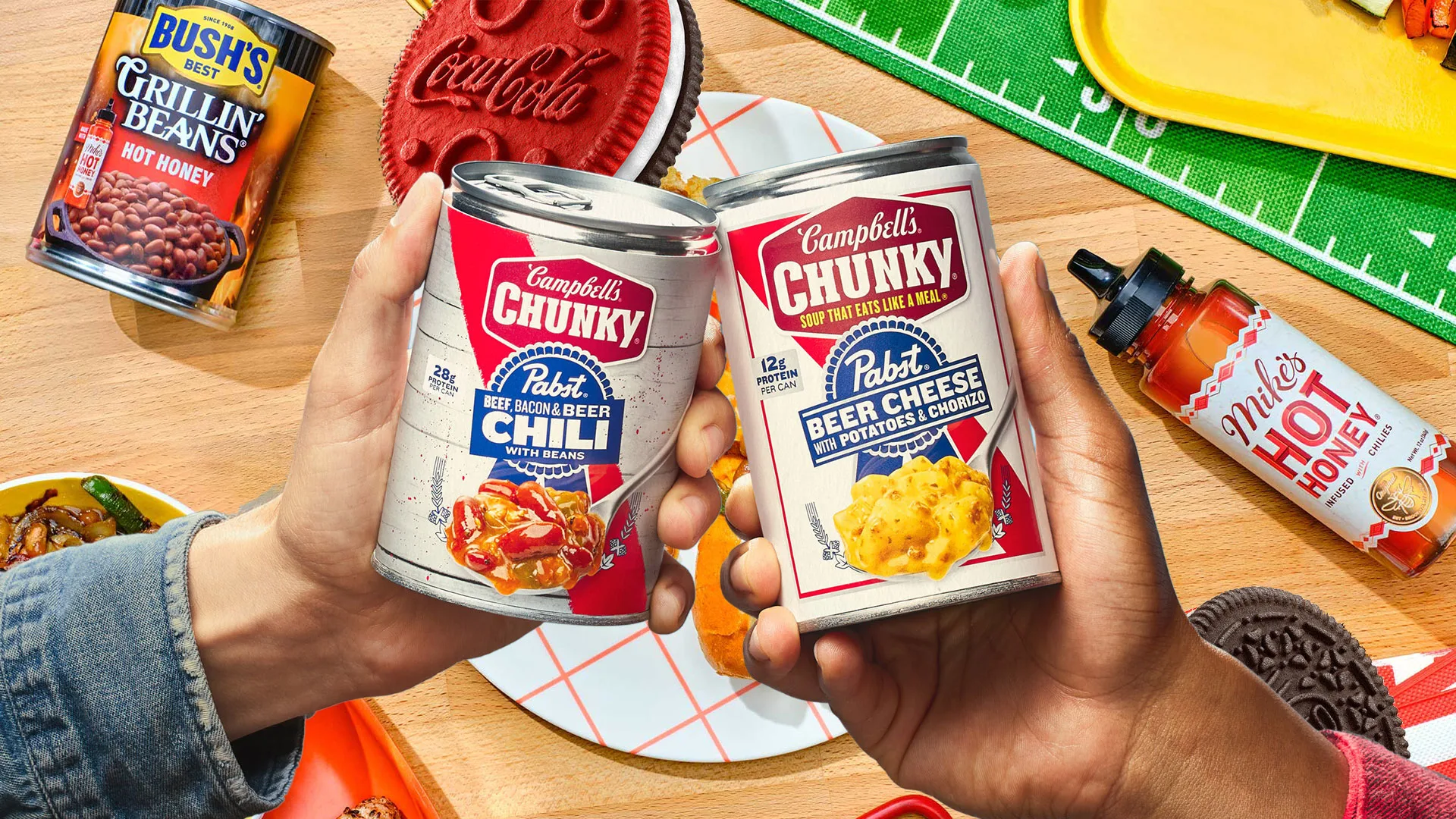
"Brand partnerships used to mean a co-branded sneaker drop or a limited-edition snack flavor. Now, they're getting stranger-and more viral. Soda-and-cookie mashups, beer-infused soups, and hot honey beans have all hit store shelves in recent months, sparking a mix of curiosity, confusion, and clicks. At first glance, these collaborations might feel like stunts with little connection between the products. But marketing experts and brand leaders argue they serve a bigger purpose: keeping legacy names relevant in a crowded, attention-driven marketplace."
""It's less about getting audiences to try the collaboration, and more about reminding them to reach for the original thing," says Executive Vice President of Strategy of influencer marketing firm Fohr, Grace Murray Vazquez. "It's ultimately not just bizarre, it is like a calculated unexpectedness." More than a product When Coca-Cola paired with Oreos or Pabst Blue Ribbon worked with Campbell's Chunky on beer-infused soup cans, the goal wasn't just novelty. Executives say quality still matters, even in the quirkiest launches."
Weird cross-category brand collaborations pair unexpected products to generate virality and remind consumers of the original brands. These pairings appear across store shelves and social media, producing curiosity, confusion, and clicks. The weirder the collaboration, the faster it tends to go viral, creating attention in a crowded marketplace. Legacy brands use calculated unexpectedness to stay relevant while preserving product quality. Shared brand heritage can justify partnerships and align consumer expectations. Examples include Coca-Cola with Oreos and Pabst Blue Ribbon with Campbell's Chunky beer-infused soups, where novelty coexists with a focus on taste and quality.
Read at Fast Company
Unable to calculate read time
Collection
[
|
...
]